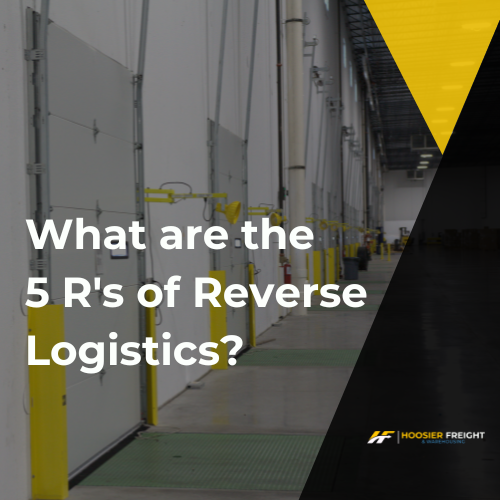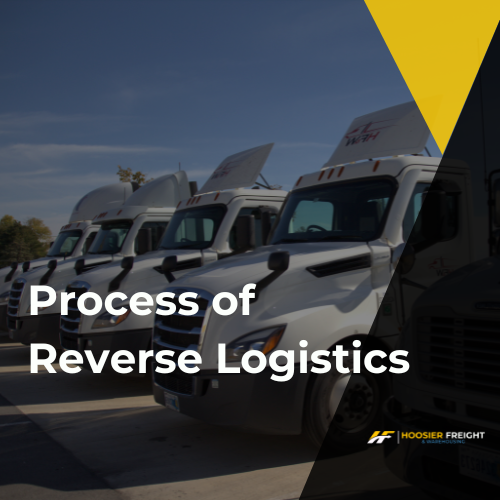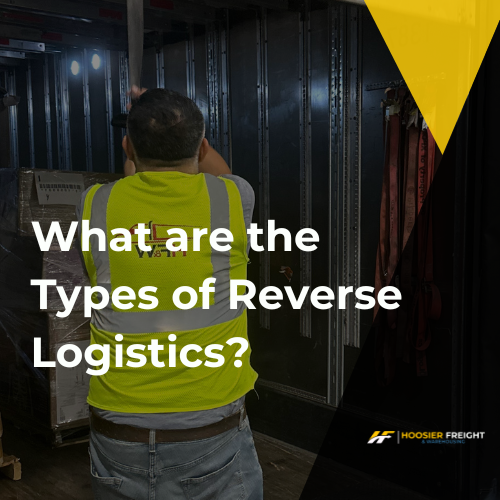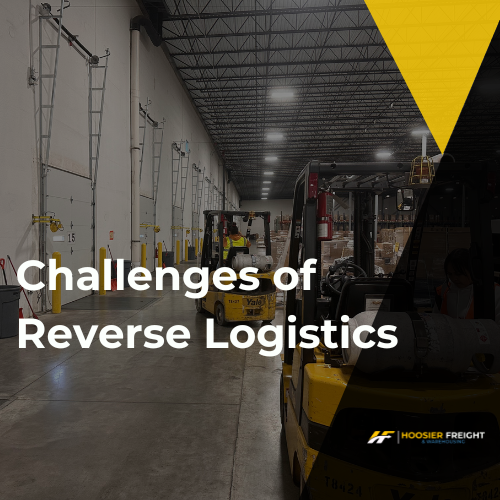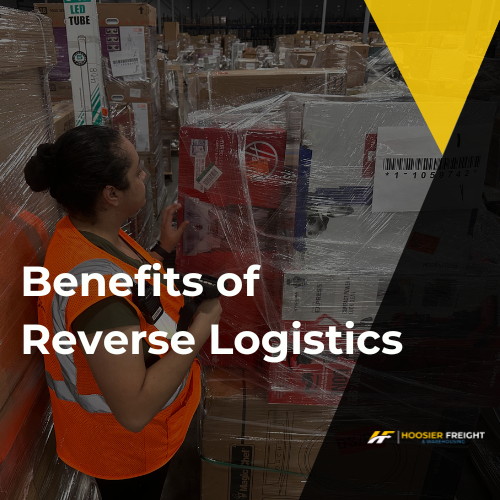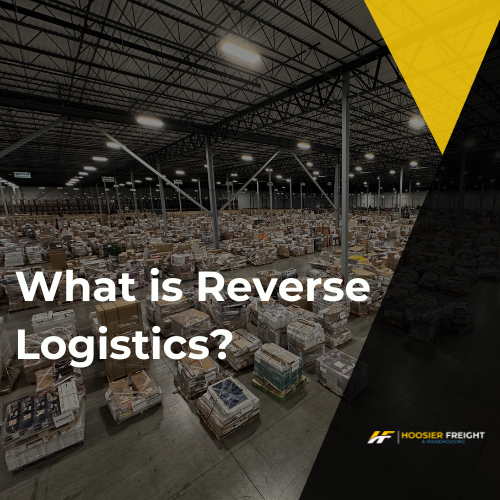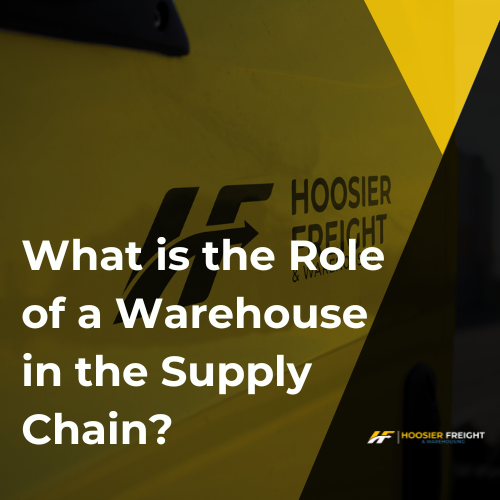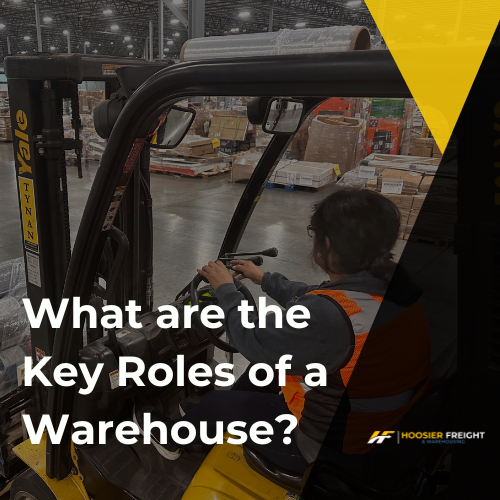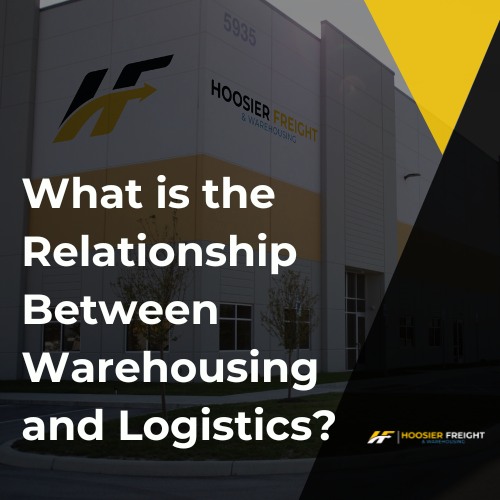What are the 5 R’s of Reverse Logistics?
The 5 R's of reverse logistics—Returns, Recalls, Repairs, Repackaging, and Recycling—are essential practices that help companies manage the reverse flow of goods efficiently an
Process of Reverse Logistics
The process of reverse logistics begins with product returns, which can occur for various reasons.
Reverse Logistics Examples
One common example of reverse logistics is the return of defective products.
What are the Types of Reverse Logistics?
Reverse logistics is an essential component of supply chain management, focusing on the process of moving goods from their final destination back to the manufacturer or another poi
Challenges of Reverse Logistics
One of the primary challenges of reverse logistics is the unpredictability of returns.
Benefits of Reverse Logistics
Reverse logistics is the art of managing the return of products from consumers to the point of origin, encompassing activities like returns, repairs, remanufacturing, and recycling
What is Reverse Logistics?
Simply put, reverse logistics is the process of managing the flow of goods from their final destination back to their origin.
What is the Role of a Warehouse in the Supply Chain?
Warehouses adapt to various logistical needs, supporting the supply chain by managing and distributing products efficiently and effectively.
What are the Key Roles of a Warehouse?
Warehouse operations are diverse, encompassing various tasks designed to streamline the movement and storage of goods.
What is the Relationship Between Warehousing and Logistics?
The relationship between warehousing and logistics is symbiotic, where warehousing serves as the physical space for storing goods within the logistics chain, facilitating the movem
